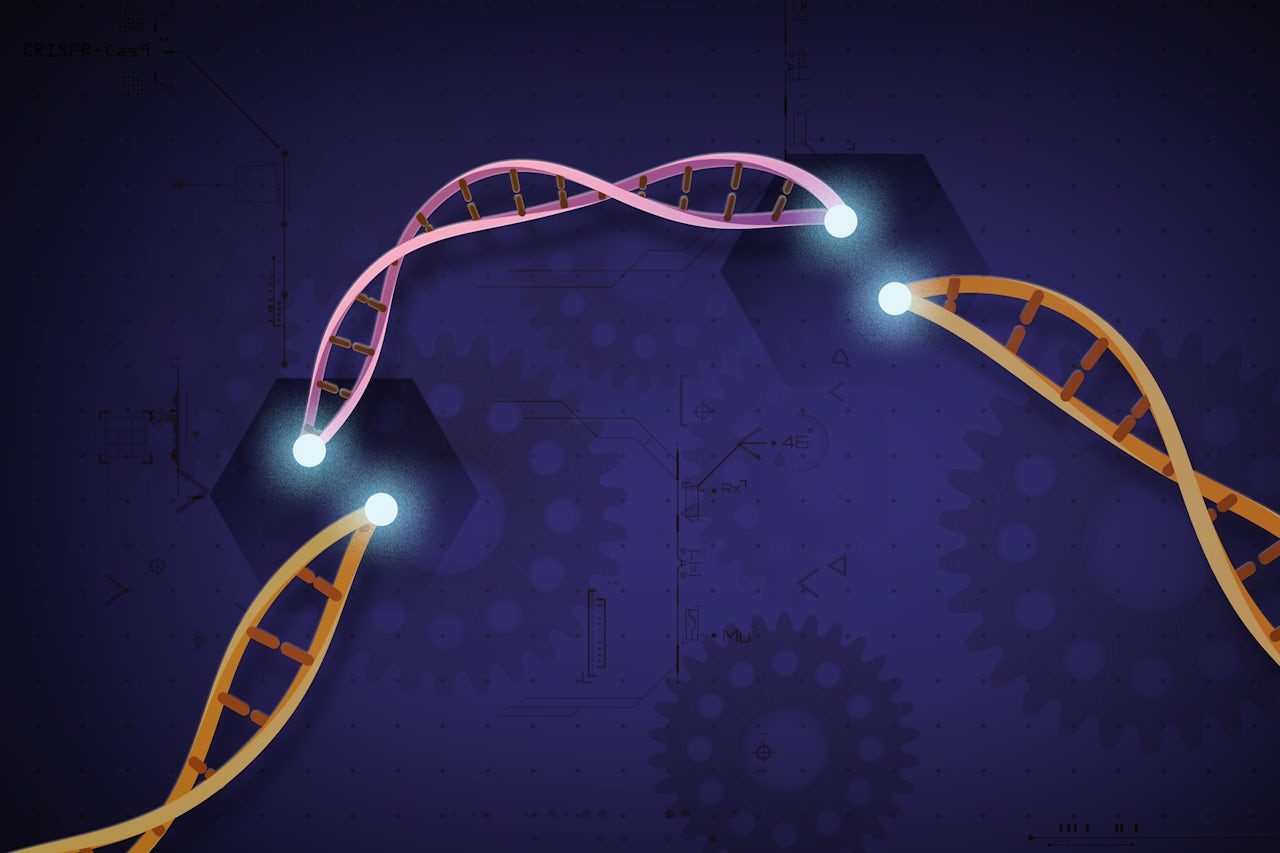Last week, Chinese researcher He Jiankui caused an uproar in the scientific community with his announcement that he had successfully used CRISPR, which stands for Clustered Regularly Interspaced Short Palindromic Repeats and is a set of DNA sequences that targets and edits out sections of a DNA strand, to create the world’s first genetically edited infants. After appearing at a conference in Hong Kong after his initial media blitz (he posted a series of YouTube videos about his work and sat for a filmed interview with the Associated Press), his claims were met with shock and scorn from many ethicists and geneticists.
As of November 28, He has been absent from the public eye. Whether He is simply laying low or has been detained in some capacity is unknown, but his silence is sudden and conspicuous, given the controversial nature of his work. If He truly did generate genetically modified twins, he did so by ignoring long-held ethical standards and concerns about using gene-editing technology to alter embryonic DNA.
He said he enlisted couples going through in vitro fertilization under the guise of developing an AIDS vaccine. Each of the seven couples in the study were made up of one HIV positive man and one HIV negative woman; He claims to have altered the embryos so that they would have a natural resistance to the virus encoded in the genome.
Technically speaking, this meant using CRISPR to activate or deactivate certain proteins and alter how genes physically manifest in the body. He would have theoretically used CRISPR to “turn off” CCR5, a protein found on white blood cells through which the HIV virus can infect the cell, to inoculate the embryos against the disease.
Many scientists have criticized using CRISPR without more testing. While suppressing CCR5 decreases the risk of HIV infection, it could also increase the risk of contracting some other illnesses, like West Nile — and that’s assuming that the editing process worked as intended. He told the AP that only one of the two embryos appeared to have a properly altered genome; still, they proceeded with the pregnancy with the knowledge that there was potentially no benefit for one of the embryos. That sounds less like an HIV vaccine and more like a control group.
According to the AP, which presented scientists with materials provided by He, “tests so far are insufficient to say the editing worked or to rule out harm.”
In this context, “ruling out harm” means confirming that the DNA wasn’t edited in any additional, unintentional ways. For establishing the viability of CRISPR-editing in babies, it’s just as important to eliminate unintended consequences as it is to make sure the editing is effectual. Two studies on CRISPR published earlier this year showed that some types cells don’t respond well to alterations, and attempting to edit them can increase the risk of developing cancer.
Lost in all the concern over the ethics and impact of this particular procedure is the fact that CRISPR is still a largely untested technology. While it has been used successfully to alter embryos in the past, it’s unclear what its long-term effects will be on babies, let alone what the consequences will be when CRISPR-edited genes are affected by aging.
Despite having sequenced the entire human genome, geneticists still don’t know much about the relationship between genotype (someone’s genetic makeup) and phenotype (how that DNA is expressed physically). If He’s claims are true (his research has not gone through peer review), we will probably learn something valuable about the feasibility of genetically editing embryos prior to pregnancy. But it will likely come at a cost.
